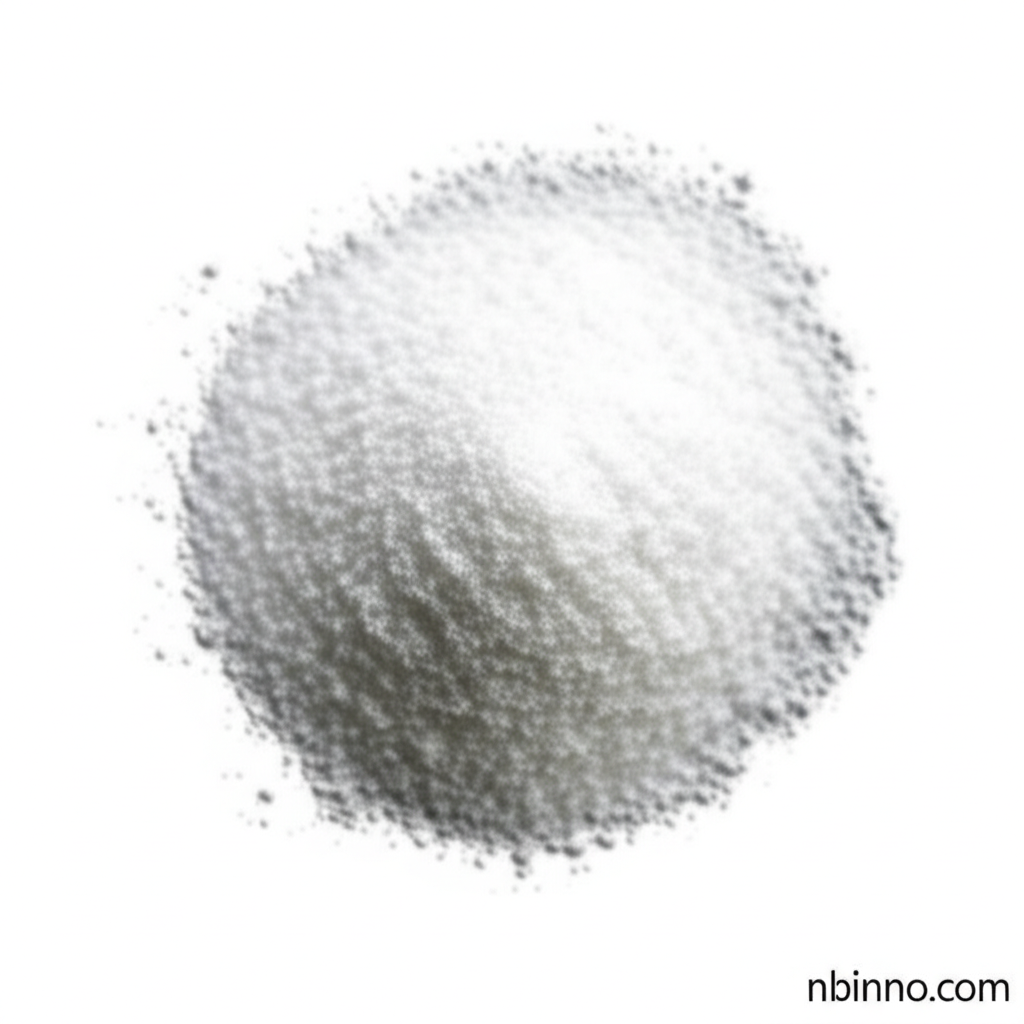Unlocking Advanced Materials: The Role of 2-Bromodibenzothiophene
Discover the essential intermediate driving innovation in OLEDs, pharmaceuticals, and organic electronics.
Get a Quote & SampleProduct Core Value

2-Bromodibenzothiophene
This compound is a critical building block, primarily used as an intermediate for the synthesis of more complex organic semiconductor structures. Its utility spans across the development of materials for Organic Light-Emitting Diodes (OLEDs), Organic Field-Effect Transistors (OFETs), and Organic Photovoltaics (OPVs). Beyond electronics, it also finds application as a pharmaceutical intermediate, contributing to drug discovery and synthesis processes.
- Leveraging Dibenzothiophene Derivatives for OLEDs: 2-Bromodibenzothiophene is a cornerstone for creating advanced OLED materials, enabling enhanced device performance and efficiency.
- Facilitating Organic Semiconductor Synthesis: The molecule's structure makes it an ideal starting point for synthesizing specialized organic semiconductor molecules, crucial for next-generation electronics.
- Contribution to Pharmaceutical Intermediates: As a valuable pharmaceutical intermediate, it aids in the complex synthesis pathways required for novel drug development.
- Ensuring High Purity for Critical Applications: With a purity typically exceeding 97%, it guarantees reliable results in sensitive research and industrial applications.
Key Advantages
Versatile Intermediate
Acts as a versatile building block for both electronic materials and pharmaceutical compounds, simplifying complex synthesis routes.
Enhanced Electronic Properties
Its structure is instrumental in developing organic semiconductors with improved charge transport and light-emitting characteristics, supporting the creation of high-performance OLEDs and OFETs.
Facile Reactivity
The presence of the bromine atom allows for straightforward functionalization and coupling reactions, making it highly amenable to diverse synthetic strategies.
Key Applications
OLED Materials Development
Essential for the synthesis of host materials, emitters, and charge transport layers in OLED devices, contributing to vibrant displays and efficient lighting.
Organic Field-Effect Transistors (OFETs)
Used in creating semiconducting materials for OFETs, which are vital for flexible electronics and advanced circuitry.
Organic Photovoltaics (OPVs)
Serves as an intermediate in the synthesis of materials for solar cells, driving advancements in renewable energy technology.
Pharmaceutical Synthesis
A valuable reagent and intermediate in the development of new pharmaceutical compounds and research into drug discovery.
